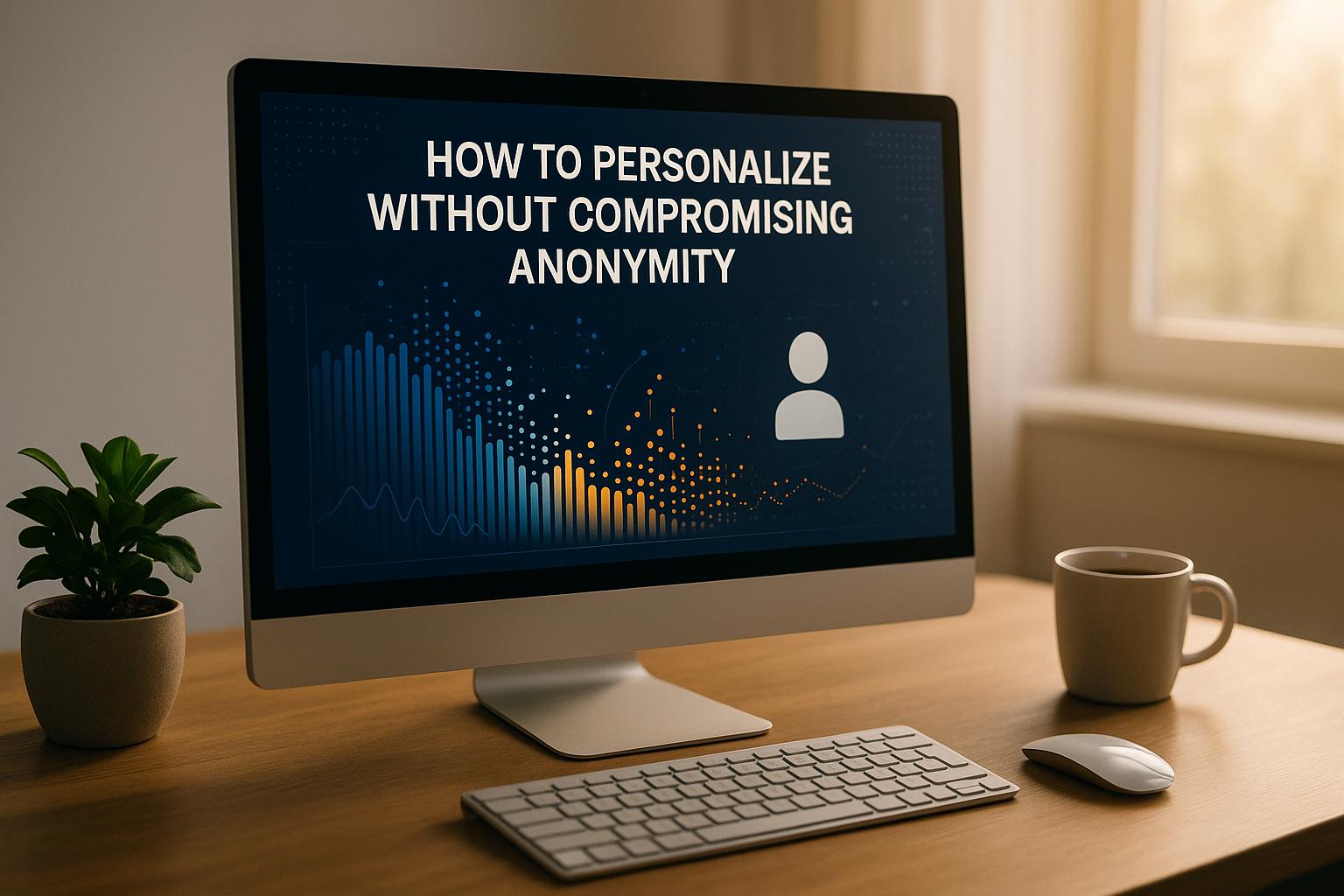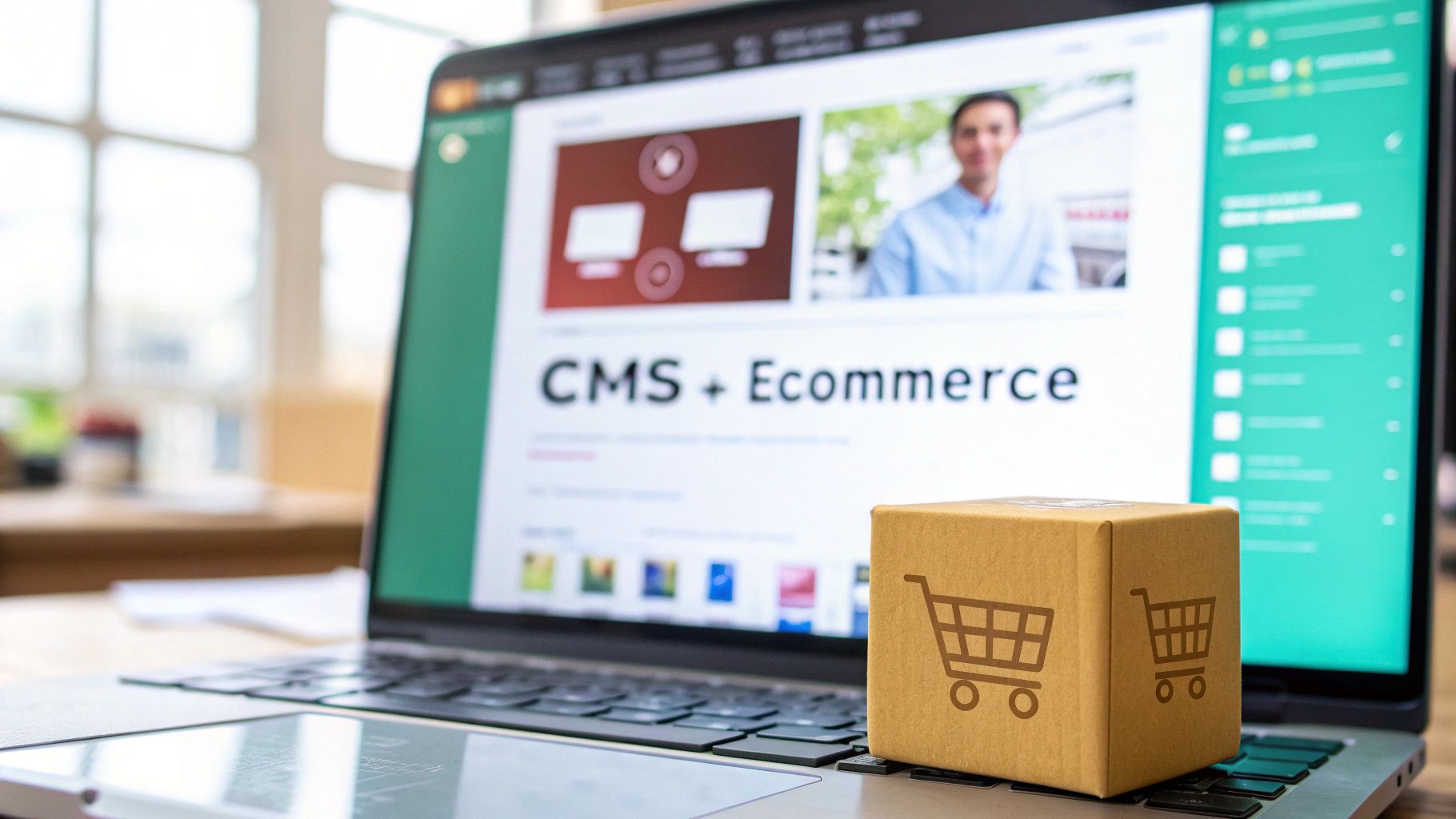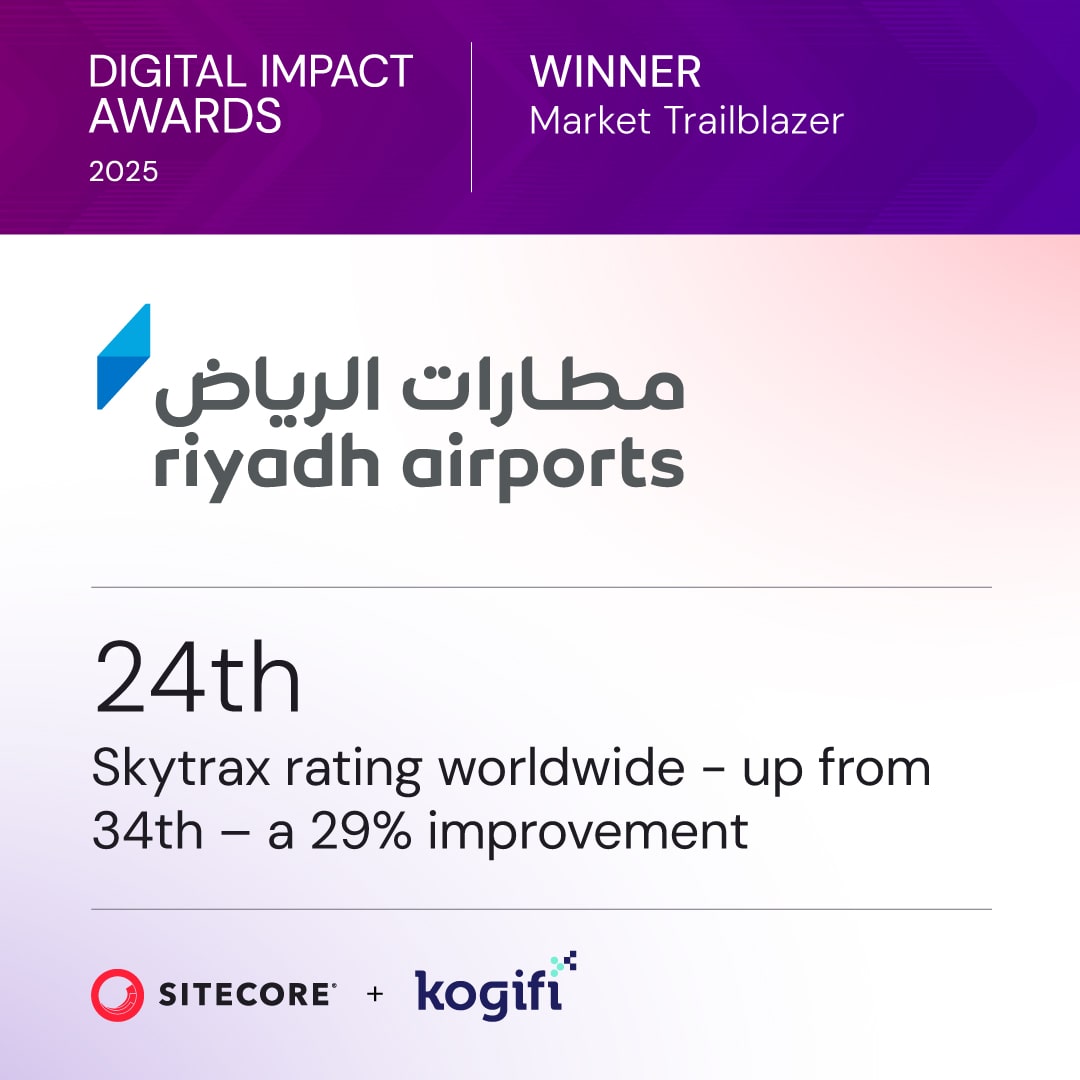In today’s digital world, businesses face a challenge: how to deliver personalized experiences without risking user privacy. Customers expect tailored interactions, but they’re also increasingly concerned about how their data is used. Striking this balance is critical, especially with stricter privacy laws and growing penalties for non-compliance.
Key Takeaways:
-
Why Personalization Matters:
- 70% of consumers expect tailored experiences.
- Personalized marketing can boost revenue by up to 15%.
- Example: Swedish brand NA-KD increased customer lifetime value by 25% through personalization.
-
The Privacy Challenge:
- Privacy laws like CCPA impose fines ranging from $2,500 to $10,000 per violation.
- Data breaches cost businesses an average of $4.9M globally in 2024.
- Consumers demand transparency, with 40% not trusting companies to handle data ethically.
-
Privacy-First Strategies:
- Data Minimization: Only collect necessary data and use techniques like anonymization and data masking.
- Anonymous Analytics: Gather insights without personal identifiers to reduce risks.
- Consent and Transparency: Obtain clear, explicit consent and provide users with control over their data.
-
Privacy-Friendly Personalization Methods:
- Contextual Personalization: Tailor content based on immediate user behavior without tracking personal data.
- On-Device Processing: Use edge AI to process data locally, reducing privacy risks.
- Dynamic Segmentation: Group users by non-identifying attributes like device type or browsing behavior.
-
Enterprise Tools:
- Platforms like Sitecore and Adobe Experience Manager offer built-in privacy features like consent management and anonymization.
- AI tools analyze anonymous data to refine personalization efforts while remaining compliant.
Personalization vs Privacy
Building a Privacy-First Foundation
Balancing personalization with privacy is no small feat, but it starts with creating a strong, privacy-first foundation. By following a few key principles, businesses can gather meaningful data while respecting user boundaries and staying compliant with regulations. These principles pave the way for personalization strategies that protect user privacy.
Data Minimization Principles
At the heart of privacy-first personalization lies data minimization. This principle is simple: collect only what’s absolutely necessary and keep it only for as long as needed. Sticking to this approach not only reduces privacy risks but also encourages ethical data practices, cuts down on legal liabilities, and can even save money.
The consequences of ignoring this principle can be severe. High-profile data breaches have shown how storing unnecessary information can lead to hefty penalties.
To put data minimization into practice, businesses should start with a thorough data audit. This means understanding what personal data is collected, why it’s collected, and how long it’s stored. Next, set clear, lawful purposes for data collection and only gather information directly tied to those purposes. Practical methods include:
- Data masking: Concealing sensitive information.
- Retention policies: Setting automatic deletion schedules.
- Consent management systems: Ensuring users have control over their data.
- Anonymization: Removing identifiable information.
Regular audits and employee training also play a critical role in reinforcing these practices. Once data collection is minimized, businesses can shift their focus to anonymous analytics for insights without compromising user privacy.
Using Anonymous Analytics
Anonymous analytics offer a way to understand user behavior without collecting personal data. This method allows businesses to gather actionable insights from users who haven’t consented to personal data processing while still protecting their privacy. Techniques like cookie-based, session-only, or cookie-free tracking provide varying levels of detail while keeping user identities anonymous.
Anonymization permanently removes identifiable information, while data masking hides it using arbitrary characters. However, it’s important to stay alert to the risks of re-identification. In 1997, researcher Latanya Sweeney demonstrated how seemingly anonymous medical records could be re-identified, even under HIPAA privacy regulations. Her work highlighted the risks posed by quasi-identifiers - details like gender or birthdate that, when combined with other data, can reveal identities.
To reduce these risks, businesses should:
- Assess the potential for re-identification.
- Use techniques like generalization, suppression, or statistical disclosure control.
- Establish data use agreements to limit how anonymized datasets are shared and used.
These steps help ensure that data remains anonymous while still being useful for analysis. Once anonymization is in place, the next step is building trust through consent and transparency.
Consent and Transparency
Transparency and user control are essential for earning and maintaining trust. Research shows that 63% of internet users feel companies aren’t clear about how their data is used, while nearly half of consumers stop engaging with businesses due to privacy concerns. Additionally, 43% would switch to a competitor if it offered better privacy protections.
"Prioritize data privacy compliance and involve qualified legal counsel and/or privacy experts to enable your company to achieve and maintain compliance as the tech and legal landscapes change." – Adelina Peltea, CMO of Usercentrics
Effective consent management is a cornerstone of transparency. Since consent requests are often a user’s first interaction with a website or app, they must be clear, accurate, and easy to understand. Organizations should:
- Obtain explicit, informed consent before collecting data.
- Keep detailed records of what users have consented to.
- Provide options for users to modify or revoke consent at any time.
Privacy policies should be straightforward, regularly updated, and aligned with current regulations. Tools like consent management platforms (CMPs) can simplify the process, automating consent collection, storage, and signaling.
"The more regulations and requirements there are, the bigger the demands on companies, which can be difficult to manage, especially for small organizations with limited resources. There are great tools to help companies manage requirements, like consent management platforms and privacy policy generators, to help with automation and management." – Adelina Peltea, CMO of Usercentrics
Beyond compliance, businesses should ensure settings are easy to access. This allows users to update preferences, opt in or out of personalization, and control data sharing. Providing feedback mechanisms can also help users see how personalization affects their experience and adjust their choices accordingly.
Platforms like those from Kogifi come equipped with privacy management tools, making it easier for businesses to implement these measures while maintaining a smooth user experience. These tools streamline compliance, ensuring personalization efforts respect privacy without sacrificing effectiveness.
Privacy-First Personalization Methods
Enhance your privacy strategy by adopting personalization techniques that deliver customized experiences without relying on personal identifiers. Use tools like contextual data, local processing, and segmentation based on non-identifying attributes to maintain privacy while still meeting user expectations.
Contextual Personalization
Contextual personalization tailors content by analyzing general user behavior, device type, and location - without using personal data. Instead of tracking users across sessions, businesses can respond to immediate indicators like the time of day or device capabilities. For example:
- Displaying mobile-friendly content to smartphone users.
- Highlighting winter apparel for visitors from colder regions.
- Promoting lunch specials during midday hours.
These adjustments rely on techniques such as partial IP masking and anonymized device identifiers to gather actionable insights without compromising privacy.
Next, let's look at how processing data directly on devices can further protect user anonymity.
On-Device and Edge Personalization
On-device and edge personalization process user data locally, eliminating the need to transmit information to external servers. This method is powered by edge AI, which handles data directly on devices. For instance, IDC projects that shipments of GenAI-enabled smartphones will climb by 364% in 2024, reaching 912 million units by 2028. Similarly, nearly 50 million personal computers with advanced system-on-a-chip features are expected to ship in 2024, growing to 167 million by 2027 - representing 60% of all PC shipments.
Solutions like Intent HQ's Edge AI showcase the potential of this approach. Their technology processes over 500 insights from 50 phone signals, generating more than 16,000 data points - all handled directly on the device. This localized processing reduces delays often associated with cloud-based systems. To implement edge personalization effectively, businesses should identify areas where edge capabilities can be integrated and prioritize use cases with significant impact that don't require substantial upfront costs.
Dynamic Segmentation
Dynamic segmentation groups audiences using attributes like visit time, browser type, or city-level geolocation - avoiding reliance on fixed demographic data. Unlike static segmentation, this approach uses real-time data and behavior to keep customer segments up to date. It involves:
- Collecting data from multiple interaction points.
- Applying segmentation rules based on user actions and attributes.
- Continuously updating audience profiles as behavior changes.
For example, an online retailer might create segments based on browsing habits, device preferences, or visit timing. This enables real-time personalization and more effective messaging. The benefits are clear: 73% of shoppers expect companies to understand their needs, and personalized product recommendations can contribute up to 31% of e-commerce revenue.
Platforms like Kogifi provide built-in tools to help businesses implement these privacy-first personalization strategies, ensuring a balance between engaging user experiences and robust data protection.
sbb-itb-91124b2
Implementation with Enterprise Platforms
Enterprise platforms such as Sitecore, Adobe Experience Manager, and SharePoint offer the tools businesses need to deliver personalized experiences while respecting user privacy. These platforms blend advanced content management systems with privacy-focused features and AI-driven insights, creating scalable solutions that balance customization with anonymity.
Built-In Privacy Features
Modern enterprise platforms come equipped with tools like consent management and anonymization to simplify compliance and secure user data.
For example, Adobe Experience Manager ensures compliance with regulations like GDPR and HIPAA by providing APIs and role-based access controls for managing data requests. Sitecore, on the other hand, tracks customer interactions to build secure profiles and includes customizable preference centers to meet user privacy expectations. Its strong security credentials emphasize its dedication to safeguarding personal information.
"OneTrust is one of the leaders in the market. When we did our assessment, we wanted to have one single application across all the business functions and all the countries that we operate in. This is important to us because, in terms of consent management, we want to have consistency across all our websites and apps."
– Octavio Ponce, Strategic Customer Engagement and Marketing Director, Carrefour Group
SharePoint and similar platforms also prioritize privacy with features like data encryption, secure storage for consent records, and tools for anonymous communication and reporting.
AI-Powered Anonymous Insights
AI tools integrated into these platforms analyze anonymous user data to generate actionable insights. These insights help businesses refine their personalization efforts while staying privacy-compliant.
For instance, Adobe Experience Manager uses AI to optimize websites, design targeted campaigns, monitor user behavior, and deliver tailored content - all while adhering to privacy standards. Sitecore goes further by embedding personalization and testing tools that interpret anonymous interactions to guide privacy-conscious strategies.
The impact of these technologies is evident in real-world examples. Atkore achieved a 90% reduction in page load times, bringing them under one second, using Sitecore XM Cloud. BDR Thermea saw a 43% jump in site visits, and Beyond Blue experienced page load times that were six times faster.
These AI-driven insights pave the way for ongoing system improvements.
Platform Optimization and Maintenance
To remain secure and compliant, enterprise platforms require regular updates and maintenance. This includes updating software, vetting plugins, and implementing strong data governance practices. Routine risk assessments and employee training further reduce vulnerabilities and ensure adherence to privacy regulations.
For instance, Bru Textiles achieved a 15% reduction in costs by simplifying their systems with Sitecore XM Cloud, showing how thoughtful platform management can deliver both compliance and financial benefits.
Organizations can also tap into expert services from providers like Kogifi, who specialize in platforms like Sitecore, Adobe Experience Manager, and SharePoint. Their support includes implementing privacy features and optimizing performance through regular audits, updates, and maintenance, ensuring businesses get the most out of their platforms.
Conclusion: Secure, Privacy-First Personalization
By leveraging strategies like data minimization and AI-driven insights, privacy-first personalization achieves more than just compliance with regulations - it enhances how businesses connect with their customers. Companies adopting these approaches can build deeper relationships and turn privacy into a strength rather than a regulatory challenge.
Key Takeaways
To make privacy an integral part of your business, focus on actions like conducting thorough data inventories, limiting the data you collect, and ensuring clear, informed consent from customers. As Jodi Daniels, a Forbes Councils Member, puts it:
"A privacy-first strategy makes privacy a core business activity, not an afterthought."
Here’s a breakdown of essential steps:
- Data Audits and Assessments: Regularly review and assess your data practices.
- Limit Data Collection: Only gather what’s absolutely necessary.
- Obtain Clear Consent: Ensure customers understand and agree to how their data will be used.
Transparency is the cornerstone of trust. For instance, 88% of consumers are more likely to trust companies that clearly explain how their data is anonymized and used. Additionally, 81% of Americans feel more comfortable sharing information with companies that offer opt-out options. To meet these expectations, use simple, clear language in your privacy policies, provide intuitive controls for managing preferences, and make privacy the default setting across your platforms.
The benefits of privacy-first personalization are tangible: businesses report 30% higher customer lifetime value, 23% lower acquisition costs, 20% higher customer satisfaction scores, and 15% reduced marketing costs due to improved efficiency.
Platforms like Sitecore, Adobe Experience Manager, and SharePoint support these efforts with built-in tools for consent management, anonymization, and AI insights that respect user boundaries. At Kogifi, we specialize in helping businesses implement and fine-tune these systems, ensuring they remain effective and compliant as privacy standards evolve.
By prioritizing privacy now, you’re not just meeting today’s expectations - you’re setting the stage for future growth.
Looking Ahead
As privacy regulations and consumer expectations continue to evolve, businesses must stay proactive to maintain trust and deliver on personalization. While 71% of consumers expect personalized experiences, 66% remain concerned about how their data is used. This duality presents both a challenge and an opportunity for businesses committed to earning customer loyalty.
Professor Glen Urban from MIT’s Sloan School of Management highlights this balance:
"In a privacy-first environment, brands must earn the right to personalize through demonstrated value and trust building, rather than assuming data access as their default right."
The future belongs to businesses that treat privacy as a strength. Privacy-first personalization not only reduces regulatory risks by 30% but also strengthens customer relationships, creating a competitive edge.
Start by auditing your current personalization practices, investing in privacy-focused technologies, and redesigning preference centers for greater transparency. Alongside traditional KPIs like conversions and engagement, track trust metrics to measure your progress in building genuine connections with customers. Regular updates and expert guidance, such as those offered by Kogifi, will help you adapt to changing standards and expectations.
Ultimately, businesses that succeed in this new era will see privacy and personalization not as opposing forces, but as complementary priorities. By embracing the strategies shared in this guide, your organization can deliver tailored experiences while respecting the boundaries your customers deserve.
FAQs
How can businesses personalize user experiences while staying compliant with privacy laws like CCPA and GDPR?
To create tailored user experiences while adhering to privacy laws like the CCPA and GDPR, businesses need to focus on transparency and obtaining user consent. Start by collecting only first-party data through clear, easy-to-understand consent forms and privacy notices. This ensures users are fully aware of how their information will be used.
It’s also important to perform regular data audits to identify and manage stored personal information effectively. Providing simple, user-friendly opt-out options empowers users to take control of their data. Keeping privacy policies up to date and maintaining strong oversight not only meets legal requirements but also helps foster trust and confidence among users.
How can businesses personalize user experiences while maintaining anonymity?
Businesses can create tailored experiences while respecting user privacy by using contextual data. This means adapting content or recommendations based on real-time factors like weather, location, device type, or what the user is doing during their session. For example, a website could highlight rain gear for users browsing from areas with rainy conditions or suggest outdoor gear for those in sunny regions.
Another smart technique involves focusing on the user’s current webpage or session activity without collecting or storing personal details. By analyzing immediate interactions, businesses can recommend products, articles, or services that align with what the user is engaging with at that moment. This way, they maintain privacy while delivering a relevant and engaging experience.
How do platforms like Sitecore and Adobe Experience Manager balance personalization with privacy compliance?
Platforms like Sitecore and Adobe Experience Manager make it possible for businesses to offer personalized experiences while staying compliant with privacy laws, thanks to their built-in data protection features.
Sitecore prioritizes compliance with tools like AES 256 encryption, consent management systems, and capabilities to handle user data requests. These include granting access to personal data, processing deletion requests, and anonymizing information as needed. On the other hand, Adobe Experience Manager helps businesses adhere to privacy regulations by streamlining data request handling, ensuring transparency, and empowering users with options like opting out or requesting data deletion.
Both platforms are built to align with stringent privacy requirements, enabling companies to provide customized experiences without risking user trust or data security.








































